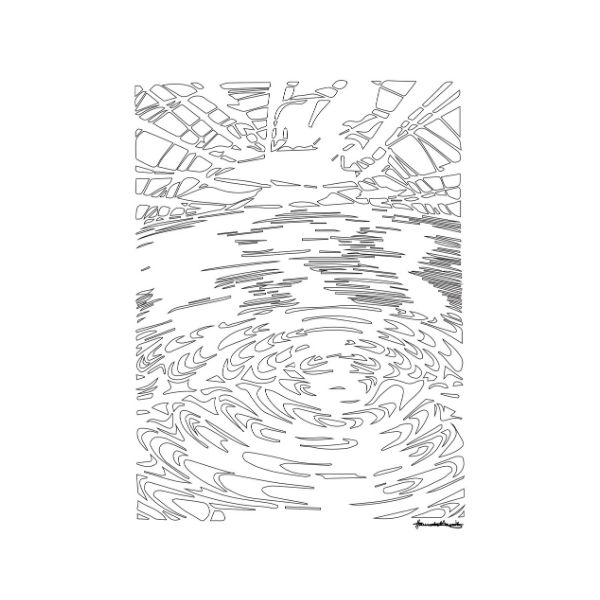Rubble Image License (Ezekiel 37:1-14)
Rubble Image License (Ezekiel 37:1-14)
DIGITAL DOWNLOAD FOR ONE-TIME LICENSE
Interested in licensing a single image for worship or ministry use? This one-time license grants you permission to use this image for ministry purposes. Print the image as bulletin cover art or project the art and engage with it during worship, Sunday School, or Youth Group. We hope you might use our images as tools for spiritual formation.
If you are interested in an art print of this piece, please visit our print shop.
Rubble
Conté crayon, charcoal, acrylic, paprika paste, cinnamon paste on paper
By Carmelle Beaugelin
Inspired by Ezekiel 37:1-14
From our “Seeking” Lent & Easter 2023 collection.
Order includes:
high-res image file formatted for print
high-res image file formatted for web/projection
A PDF of the Artist's statements & scripture reference for the visual
A visio divina Bible Study Guide for you to use this image in a group study session that incorporates the ancient Benedictine spiritual practice of "divine seeing."
Credit info:
When printing and sharing online, please always include the following credits:
Artist's name | A Sanctified Art LLC | sanctifiedart.org
From the artist:
It has been over a decade since my family in Haiti experienced the most traumatic earthquake in the nation’s history. If you were to Google, “Haiti” and “earthquake,” images of collapsed concrete and rubble would emerge. The most disturbing images are those of survivors, covered in white and gray ash and rubble, reaching out for rescuers to salvage them from collapsed buildings. Endless images are found on the internet of arms stretched out, identity-less faces of horror covered in soot, and faces frozen into expressions of despair by the spectating photographer’s lens.
When I think of Ezekiel and the story of the dry bones, I think of those images. I’ve often heard sermons where pastors position God’s people as the prophet to call the world into life, but what about God’s people who are, as the bones, facing the despair of death? Their suffering is theologized away by those who consider themselves the righteous “Ezekiels” of the world, whose privilege weighs heavy on the bones of the suffering, like the concrete rubble in Haiti.
Rubble speaks to the realities of being made alive and yet not being allowed to live—a nameless multitude of God’s people resurrected yet still bearing the scent of burial spices on their bodies.
Who are we in this story? Are we the bones seeking life? Do we perceive ourselves as spectators of suffering? Or will we choose to be participants in healing as active agents of God’s resurrecting power out of the rubble?
—Carmelle Beaugelin







